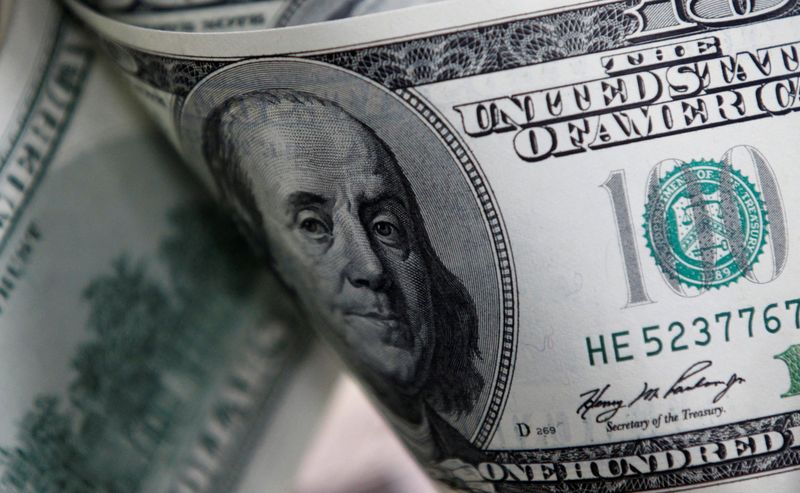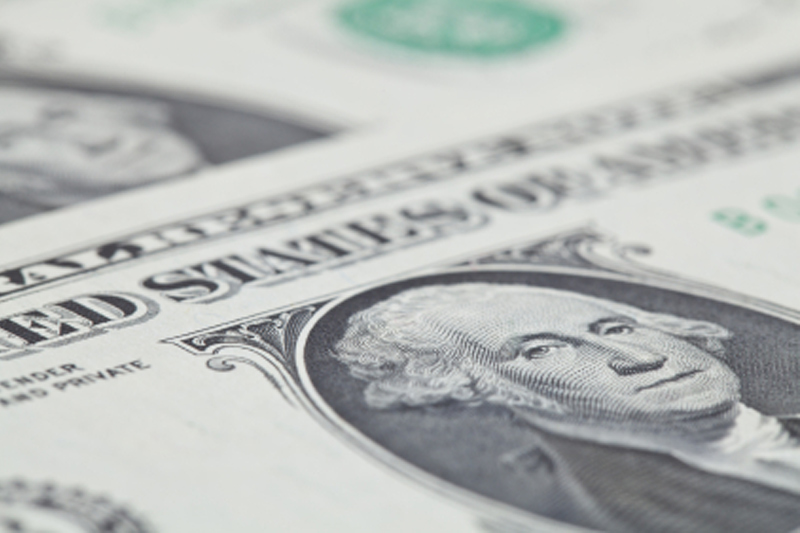By Wayne Cole
SYDNEY (Reuters) – The dollar started in a cautious mood Monday (NASDAQ:) as markets brace for US inflation data and a crowd of Federal Reserve speakers this week, while the yuan nursed a hangover from Beijing’s latest disappointing stimulus package.
Underscoring the weak backdrop in China, data released this weekend showed consumer prices rose at the slowest pace in four months in October, while producer price deflation deepened.
Reports on retail sales and industrial production due Friday should show whether Beijing’s various stimulus efforts are having any real impact on demand.
Disappointment with the latest package sent Australian and New Zealand dollars falling on Friday, as both countries are major exporters to China.
The dollar stood at 7.1970 yuan after rising 0.7% on Friday, and looks set to test the 7.2000 mark again.
Moves were generally small with US bond markets on holiday, although stocks and futures are open. The dollar rose 0.1% against the yen to 152.90, after being dragged off last week’s peak of 154.70 by the risk of Japanese intervention.
The rate was slightly firmer at 105.00, after rising 0.6% last week, mainly against the euro.
The common currency was stuck at $1.0711 after falling 1% to a low of $1.0683 last week. Support is now around $1.0667 and $1.0601.
Political uncertainty remained an obstacle as German Chancellor Olaf Scholz said he would be prepared to vote a vote of confidence before Christmas, paving the way for early elections following the collapse of his governing coalition.
FED MAINTAINED
The euro is under pressure from newly-elected US President Donald Trump’s proposals for import tariffs, which could hurt European exports and risk a global trade war.
Analysts also expect Trump’s policies would put upward pressure on U.S. inflation and bond yields, while limiting the Federal Reserve’s ability to ease policy.
“Given all this, we still expect the Fed to cut another 25 basis points at the December meeting, but only once per quarter thereafter, versus our previous forecast of a 25 basis point rate cut per meeting,” said JPMorgan economist Michael Feroli.
“Additionally, we now expect the Fed to reach a conclusion once it reaches 3.5%, compared to our previous forecast of a final rate of 3.0%.”
A host of Fed officials are speaking this week, including Chairman Jerome Powell on Thursday, so there will be plenty of clues about the outlook for rates.
Data will also have an impact as US consumer prices are due to be announced on Thursday and a core reading above the forecast 0.3% would further reduce the chances of a easing in December.

All this was seen as bullish for the dollar in the long term, although it remained to be seen what Trump’s policies would actually be in practice.
Its support for cryptocurrencies has been enough to push it above $80,000 for the first time, as investors bet on more favorable regulations.


